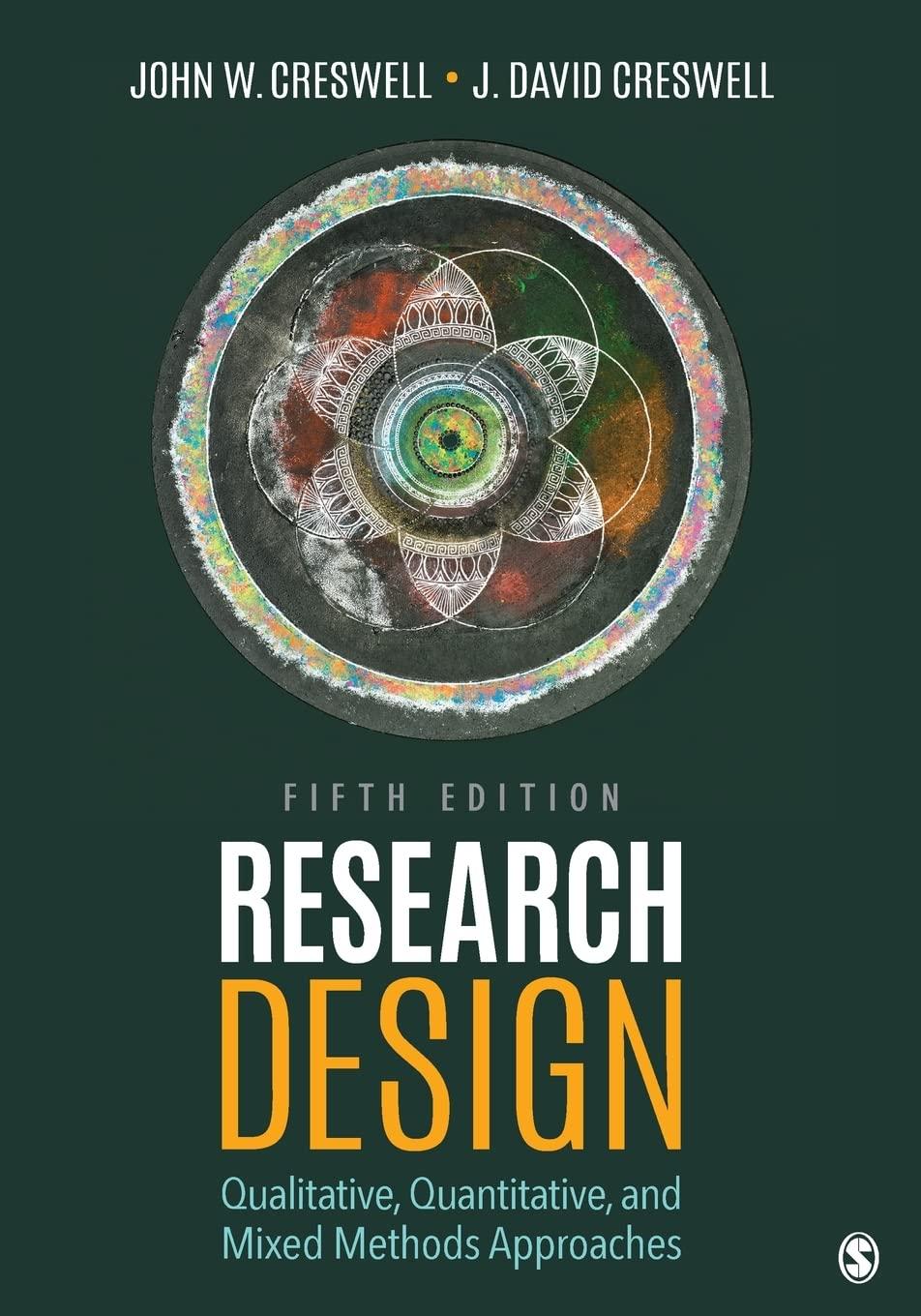
UI'IIVEHDII I UF II'II: DHI'IHIVIHD ECON 320 - MANAGERIAL ECONOMICS Homework Assignment 3 1. The Denver City Bank is planning its loans for the next several years, and is using a model of loan demand developed from past experience. Robert Jones is responsible for developing the mortgage loan component of total loan demand. Robert estimates the following equation using 14 years of data: {1:50 - .2P - .2D + .SY + .15H, R2=.844 [17) {.13} {.16} (.08) [.06] Here, Q denotes mortgage loan demand [in $ millions}, P denotes the prime interest rate, D is the discount rate, Y is per capita income l$ thousands}, and H is an index of average city housing prices {is thousands}. The standard error of the regression is 22, and standard errors are shown in parentheses. a) Fully evaluate these regression results, including computation of tstatistics, adjusted R2, and the Fstatistic. Determine whether the coefcients are signicantly different from zero and whether the regression equation as a whole has strong explanatory power. {12} b} Robert thinks that the discount rate will be 6% in the next year, the prime rate will be 7.75%, per capita income in Denver City will be $21,000, and housing prices will be $165,000. How many loans can Denver City Bank expect to make in the next year? {3] 2. PROTECH Corporation produces advanced analytic software for computer simulations called Model Pro. Based on a regression analysis of product sales in the rst year after launch, PROTECH's marketing department estimates the demand for Model Pro to be: QM = 1,200 - 3PM + 4P5 with adjusted R2: 0.65, and with all of the above coefcients statistically signicant. Here, QM denotes units sold of Model Pro software, PM denotes Model Pro's price, and P5 denotes the price of a bestselling stascal software package {with both prices in dollars}. a) Currently, PM = $200 and P5 = $300. What is the predicted demand for Model Pro software? The price P; has been unchanged {at $300} during the last 6 months. Given this information, write down the equation for Model Pro's demand curve (with GM as the left-side variable and PM as the only independent variable}. Then, also determine the inverse demand curve {with PM as the leftside variable}. (6]








